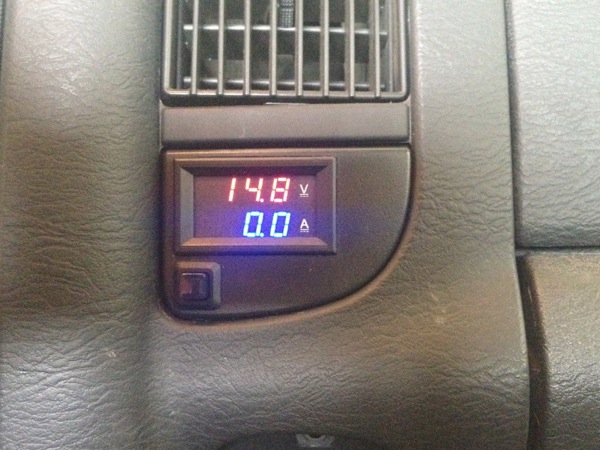ken white wrote:
pianotuna wrote:
Hi,
So it uses a Hall Effect sensor?
No.
It's typically a toroid core with wire wrapped around the core. The current carrying conductor passes through the hole in the center.
And to add a little comparison, A Hall effect transducer is most often used when there is a need to measure DC current, or AC and DC current. For most AC only applications a toriod core is much simpler, and very often much "better" solution. A toroid transformer solution can be more repeatable, more rugged, less expensive, and more sensitive.
Since in this case, the source is about as close as ideal as one can imagine to a pure 60Hz, constant voltage source, a toroid transformer is a very nice transducer. No need to complicate matters with a hall device.
But then as soon as I say all this I remember my Progressive Industries EMS system with current readout and a toroid transformer for the current sense. Pretty much useless, current readings are often nonsense, usually way higher than actual, but no rhyme or reason for the error. A call to PI and they said yes, it isn't accurate at all. It was added at the last minute and they couldn't fix the accuracy issue. Why they didn't just take it out I don't know. I suspect it isn't the transformer as much as whatever detection circuit they are using, part of an IC that is the culprint. One of these days I'm tempted to see if I can figure out where the error is coming from, but it's kinda far down my list.

